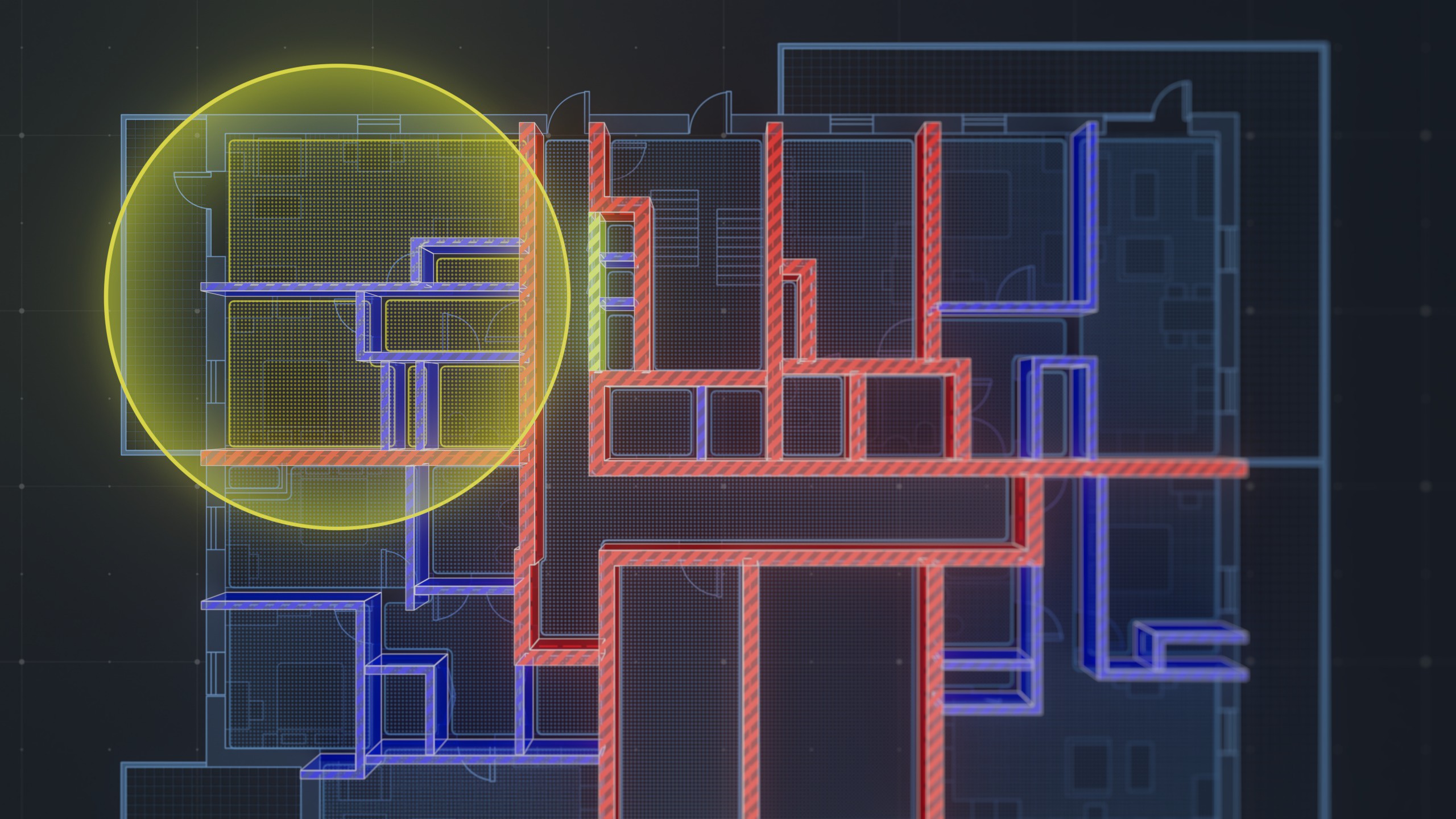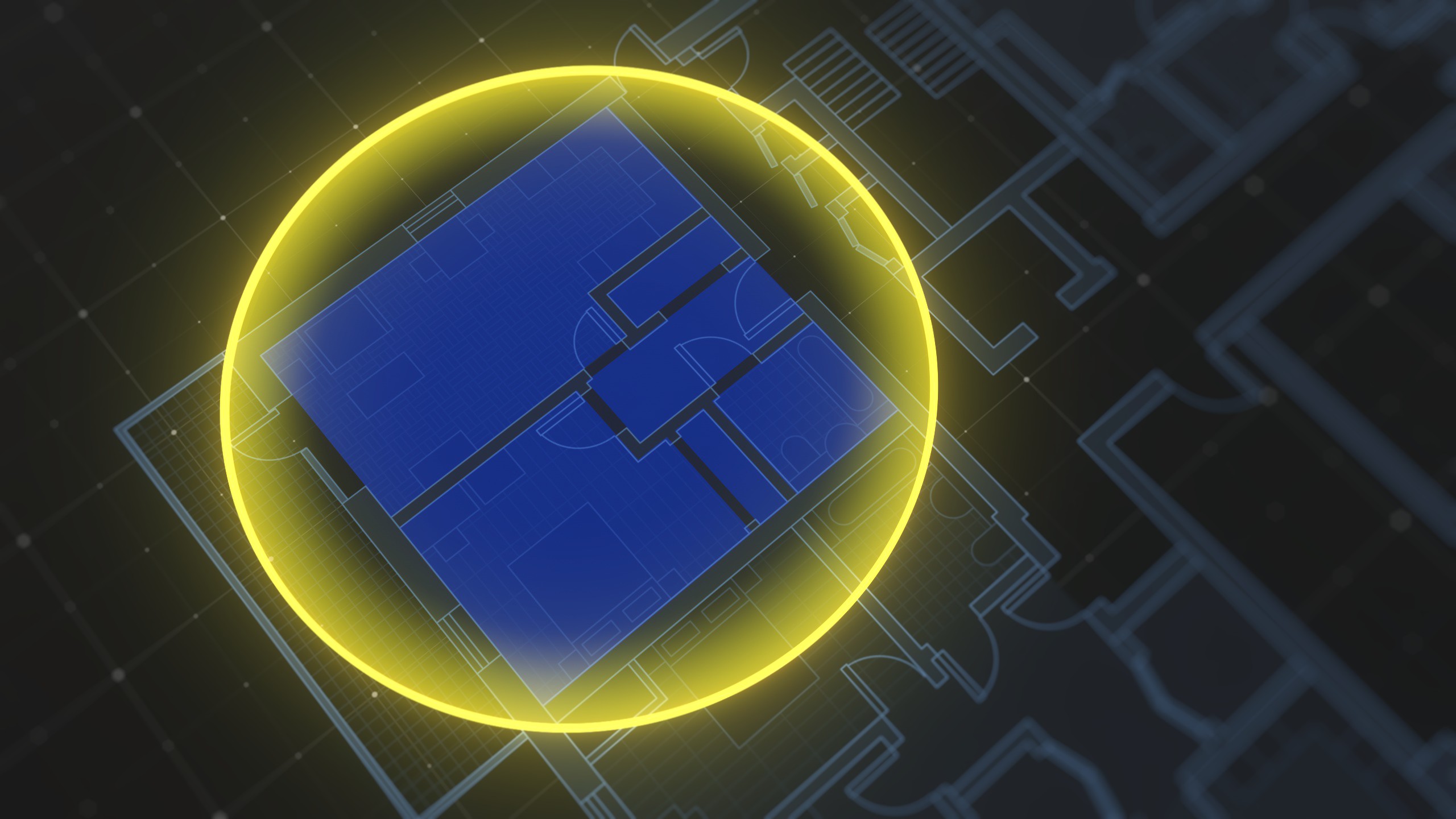As the climate significantly shifts, environmental consciousness is at the forefront of many conversations. In architecture and construction, this translates into an interest in green building. This philosophy focuses on constructing in a way that's good for the planet and people. It emphasizes careful consideration in choosing where and how to build structures and manage a building's day-to-day operations. The goal is to reduce environmental harm while making healthier and more enjoyable spaces for people.
Moreover, a PR Newswire 2023 article highlights a strong corporate need for sustainable buildings. Big markets, such as those in New York, are expected to fulfill only 34% of the upcoming need for low-carbon workspace. It's no surprise, as the benefits of sustainable buildings and construction methods are far-reaching. Benefits like energy-saving and improved health outcomes positively impact the planet by cutting greenhouse gas emissions and combatting climate change.
With many new AI tools and tech available, creating sustainable structures is easier than ever. AI is helping people worldwide find energy-saving opportunities, optimize building designs, and give valuable recommendations. Therefore, in the following sections, we'll explore how AI is helping to build more sustainable structures, pushing the boundaries of green architecture even further.
Smart Lighting Systems
AI-powered smart lighting goes beyond basic on/off functions. These systems learn habits to adjust lighting automatically, enhancing comfort and energy efficiency.
As detailed in an article from AIJourn, this advanced lighting uses AI to understand and react to how we use our spaces. For example, smart lighting systems can pick up on our light and energy habits and preferences. They provide customized lighting that can change in brightness or color to boost productivity or help you unwind, depending on what you need. This means significant savings on energy bills and a big step forward in cutting down on wasted energy and harmful emissions.
Moreover, the construction industry is adopting AI lighting to create greener structures. By integrating energy-efficient LED technology, these systems prioritize environmental sustainability and prove to be cost-effective in the long run. This means less time and energy spent changing lightbulbs and lower maintenance costs.
Predictive HVAC Control
AI is transforming HVAC systems with predictive tech. They smartly control temperatures for energy efficiency and comfort using things like weather data and occupancy information. This leads to precise adjustments, cutting energy waste and lowering carbon emissions.
In fact, according to a recent Energy5 2024 article, machine learning (ML) in HVAC systems offers substantial energy savings. The article points out that ML predictions help buildings cut energy use by up to 30% without sacrificing comfort.
Smart Floor Systems
Thanks to AI, smart flooring systems have become a reality. Smart floors can detect footsteps and tweak temperature according to how many people are around. They also adjust lighting and sound to make the space cozy and energy-efficient. However, these systems usually have a higher price tag than regular floors. Factors like the space's size, materials used, and the tech complexity can affect the total cost.
However, if you're in construction, you can calculate the costs of smart flooring systems for different structures using powerful estimating software. These tools provide cost breakdowns to help professionals make informed flooring choices.
Automated Framing Design
AI is playing an ever-increasing role in helping construction professionals save time and increase efficiency. One area where AI has significantly impacted is the design of wood framing.
As the Architectural Woodwork Institute outlines, AI applications in woodworking, including automated CAD/CAM systems, are revolutionizing project conceptualization. This tech is changing how wood designs are made, letting you create complex and personalized pieces. With smart algorithms, AI tools improve framing and avoid design mistakes, increasing productivity and eco-friendliness in construction projects.
Likewise, framing estimating software tools also make it easier for contractors to estimate the cost of project framing materials. By providing precise measurements and quantities, they help reduce the risk of over or under-ordering materials, leading to more accurate project bids.
Sustainable Material Development
AI is pushing forward sustainable material development for the construction sector. The article "The Concrete Industry in the Era of Artificial Intelligence" explores how cutting-edge tech, like AI, transforms our work with concrete. It highlights how AI helps make concrete structures stronger and longer lasting. With the help of machine learning and data analytics, engineers can design better concrete mixes, detect potential problems, and assess structural damage.
Here are a few ways other ways AI helps create eco-friendly building materials:
- 3D concrete: AI-assisted 3D-printed concrete efficiently creates intricate designs and complex structures. For instance, the ICON Vulcan 3D printer can construct a 650-square-foot house within just 24 hours. This approach reduces material waste, allows for customization, and improves efficiency.
- Recycled brick: Popular Mechanics reports that Kenoteq researchers created the K-Briq, a sustainable alternative to traditional bricks. Unlike regular bricks, which require kiln firing and contribute to carbon emissions, the K-Briq is made from 90% construction waste and emits over 90% less carbon. This eco-friendly method reduces waste on construction sites and supports a circular economy.
Although these advancements are impressive, contractors encounter additional hurdles when incorporating sustainable materials into their projects. Sustainable materials often come at a higher price, impacting cost estimations in construction. Contractors must budget accurately to prevent overruns. AI tools like 2D takeoff help calculate sustainable material quantities and costs for better project cost insights.
For instance, concrete estimating software uses AI algorithms to provide precise cost estimates for concrete materials, considering factors such as composition and transportation expenses. Contractors can tweak settings to check out various sustainability choices and their costs.
Similarly, AI-powered masonry estimating software helps contractors assess the cost efficiency of incorporating eco-friendly materials like recycled bricks. This allows contractors to choose sustainable materials that suit their project needs and budget.
More Accurate Estimates
Estimating is the guidepost for any construction project. Accurate estimates keep projects on track and within budget and minimize waste. However, generating them manually is time-consuming. AI-powered MEP takeoff tools now provide contractors with quicker, more precise estimations.
These tools can analyze building plans and give accurate takeoff quantities, saving engineers and contractors valuable time. Contractors can also use construction takeoff software for other trades, such as masonry.
With the help of AI-powered tools, contractors can confidently use sustainable materials in projects without worrying about cost overruns. This allows for better decisions benefiting their bottom line and the environment.
The Future of AI-Driven Construction
Moving further into the 21st century, the construction industry is poised to undergo even more significant changes, largely driven by AI. From planning and design to execution and maintenance, every aspect of construction stands to benefit.
One promising development is the rise of collaborative robots, or “cobots.” Unlike regular robots that work independently, cobots are made to assist human workers, complementing their skills. Cobots can manage various tasks — even the boring, dirty, or risky ones. For example, they can handle heavy lifting or work in dangerous environments where human safety is at risk.
The future of construction looks bright. AI is set to help monitor machinery in real time to prevent breakdowns, reducing costs. Augmented Reality paired with AI can project plans onto sites for better accuracy. Automated compliance monitoring with AI will cut legal risks and delays. Overall, with AI, construction will become more efficient and compliant.




.png)